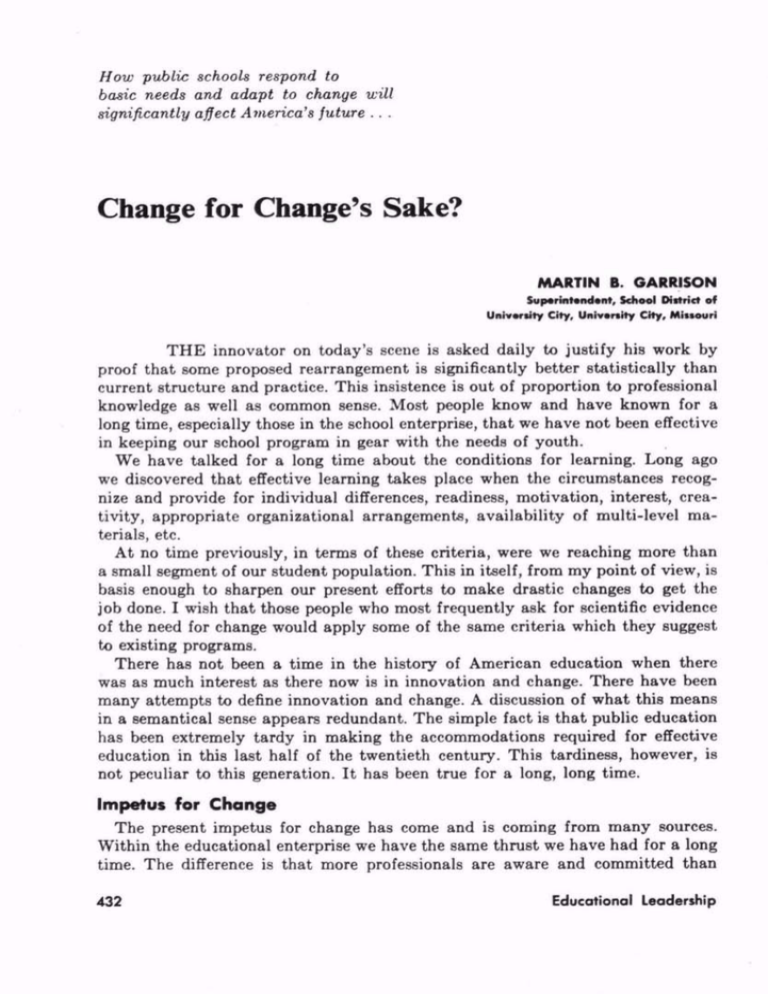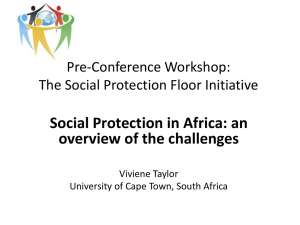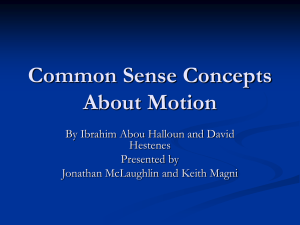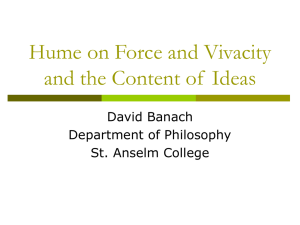
How public schools respond to
basic needs and adapt to change will
significantly affect America's future . . .
Change for Change's Sake?
MARTIN B. GARRISON
Superintendent, School Dirtricf of
University City, Untoraity City, Miuouri
THE innovator on today's scene is asked daily to justify his work by
proof that some proposed rearrangement is significantly better statistically than
current structure and practice. This insistence is out of proportion to professional
knowledge as well as common sense. Most people know and have known for a
long time, especially those in the school enterprise, that we have not been effective
in keeping our school program in gear with the needs of youth.
We have talked for a long time about the conditions for learning. Long ago
we discovered that effective learning takes place when the circumstances recog
nize and provide for individual differences, readiness, motivation, interest, crea
tivity, appropriate organizational arrangements, availability of multi-level ma
terials, etc.
At no time previously, in terms of these criteria, were we reaching more than
a small segment of our student population. This in itself, from my point of view, is
basis enough to sharpen our present efforts to make drastic changes to get the
job done. I wish that those people who most frequently ask for scientific evidence
of the need for change would apply some of the same criteria which they suggest
to existing programs.
There has not been a time in the history of American education when there
was as much interest as there now is in innovation and change. There have been
many attempts to define innovation and change. A discussion of what this means
in a semantical sense appears redundant. The simple fact is that public education
has been extremely tardy in making the accommodations required for effective
education in this last half of the twentieth century. This tardiness, however, is
not peculiar to this generation. It has been true for a long, long time.
Impetus for Change
The present impetus for change has come and is coming from many sources.
Within the educational enterprise we have the same thrust we have had for a long
time. The difference is that more professionals are aware and committed than
432
Educational Leadership
previously. The tremendous expansion and explosion of knowledge has caused
many more to be acutely aware that teaching and learning must have a major
overhaul simply on the basis of the burgeoning quantity of knowledge, facts, and
materials.
Nearly any competent teacher today knows that he cannot cover all the ma
terial or that a pupil cannot acquire all the knowledge that is available. The
tremendous development of communication as it was dramatically exemplified
by "Sputnik" has enabled and indeed caused massive input from segments of the
population outside the education enterprise. In a much retarded way the govern
ment at all three levels, especially the federal level, has been awakened from its
slumber of irresponsibility to add impetus to this movement. Now, more cur
rently, the business enterprise, or educational industry, has gotten into the act.
In addition to high-sounding phrases from business executives we have hammer
ing at us the basic thrust of profit making.
Coupled with these factors is the awesome development of our country as it
is related to the world-wide cultural evolution. The United States has moved
from the sidelines of world affairs into the arena itself. In this struggle for its
proper relationship with all mankind, it is suffering the pains of inadequate
preparation for the task. Much of this inadequacy can be charged appropriately
to a relatively ineffective educational program.
Over and beyond these factors is the widespread desire on the part of man
everywhere Africa and Asia included to learn. This movement itself may be
the most awesome and consequential development of our times. This thirst and
need for education caused by the development of science and technology expressed
in the improvement of transportation and communication have settled for all
time any doubt about the universality of our involvement and responsibility.
The African and the Asian will be educated. Nobody can stop them. This
development has consequences that we cannot even yet comprehend.
Complexity of Public Education
One main problem related to educational change in the past has been the lack
of depth in the effort. There may not be another organization more complex in
its nature than the public school system. This concept is deeply embedded in
American culture. The organization and processes were not developed on a
scientific basis. Perceptions of education, the role of the school, and the roles
of the individuals who comprise its working parts "grew like Topsy" out of
practices brought across the Atlantic.
Added to this word-of-mouth transmittal was the very structure of public
education, which early got its roots planted deeply in the concept of local control
and independence. Thousands upon thousands of American neighborhoods, each
in its own way, developed sets of attitudes, structural arrangements, and proc
esses based mainly on ideas of those in other enterprises, superstitions, and
myths. There was considerable value in this development. On the other hand, we
we have paid a heavy price in terms of a pseudoscientific approach to the many
February 1968
433
facets of public school operation which would lend itself to planned and system
atic change.
We have waddled around for many years in a patchwork fashion to mend this
or that in our curriculum. This indictment does not deprecate the worthy efforts
of many farsighted people who have gone before. Those who have tried to im
prove content, teaching strategies, different arrangements of human and material
resources, for more effective teaching of reading or arithmetic have been en
cumbered by the inability of the enterprise to look deeply into the total circum
stances which could enable significant change.
Commitment to Change
Attention now must be given to the difficult and risky business of changing
some of the nature of the educational organization. Perceptions and expectations
of the lay public must be altered so that understandings prerequisite to an ad
justment of values may be made. This adjustment of values is absolutely neces
sary for the support, both fiscal and attitudinal, to enable the enterprise to
function adequately in these times.
Within the organization itself very painful adjustments must be made on the
part of individuals as they see their roles in relationship to adjusted educational
goals. Specifically, the teacher, the principal, the superintendent, the board of
education, and others within the establishment must have the courage and the
maturity to examine expectations and needs in relationship to modern education.
This is not easy. The overwhelming evidence in terms of preparation, experience,
and cultural influences is that this job cannot, even yet, be done fast enough.
Packaged education must be banished. The universality of education consistent
with the needs of the last third of the twentieth century must be reestablished.
These oft-stated targets and commitments must become real. If they do become
real, they cannot be obtained without considerable risk to the individuals and the
organization that make the attempt. If they do become real we must admit that
there is no way to make sufficient headway without drastic reorientation, retrain
ing, and not a little bit of courage. The teacher cannot provide for the children
meaningful experiences in the inquiry process unless he becomes an inquirer.
The youngster is not apt to become self-directed and a more capable decision
maker unless those responsible for leadership themselves become mature, selfdirected, capable decision makers and draw from what is known in the behavioral
sciences about human dynamics, interaction, and genuine cooperative action.
These tasks, more implied than detailed, are monumental. The risks are con
siderable. More and more school systems must find somewhere within their re
sources enough courage and commitment to get the job done. The sole check on
this effort must be the educational safety and welfare of children. All else must
be excluded. The degree to which the public school systems respond to the basic
need to accommodate this change will affect significantly the future of America.
Change for change's sake no; change because it is imperative yes!
<*§
February 1968
435
Copyright © 1968 by the Association for Supervision and Curriculum
Development. All rights reserved.











